Quanzhou "Lions"
Author:Quanzhou Evening News Time:2022.09.03
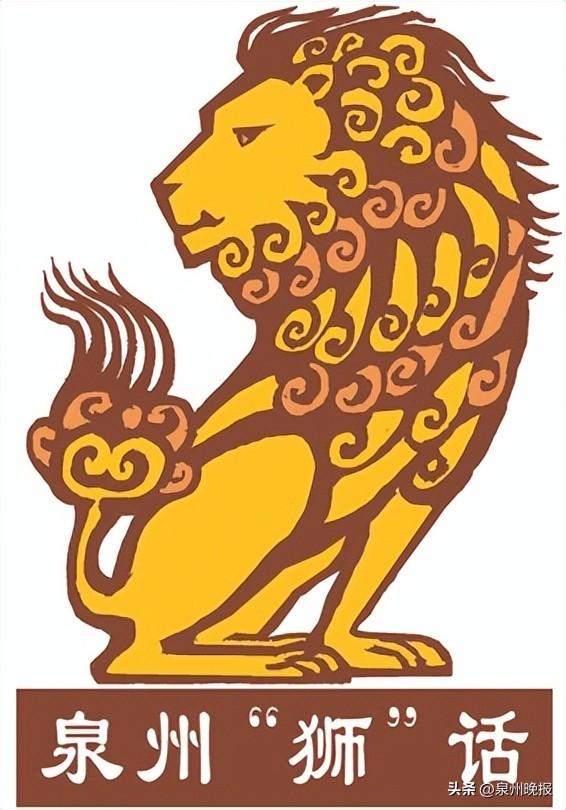
Ceramics is an important carrier of Chinese cultural heritage. "Lion culture" is common. In the morality of the world's ceramic capital, the expression of "lion culture" is rich and diverse. Among them, there are several generations of ceramic art families who spanned for three centuries. Outstanding works created in different historical periods can be seen from the inheritance context and innovation development of "Lion Culture" in ceramics.
□ Quanzhou Evening News reporter Xu Wenlong Chen Xiaoyang text/picture
Seventh generation inheritance continues
Continuous innovation for more than 200 years
In the Taifeng Porcelain Square exhibition hall founded by the national non -genetic inheritance and Xu Ruifeng, the sixth -generation heir of Xu's porcelain and plastic, displayed a variety of exquisite ceramic artworks. In the exhibition cabinet on the left side of the exhibition hall, the reporter saw a bodhisattva riding a lion. The lion was upright, raised his head, looked up, and his expression was majestic. Essence "This is a Manjushri Bodhisattva, one of the four major bodhisattvas in China. The mount is a green lion." Xu Ruifeng introduced that this is the work of Xu Youyi, the third generation of Xu's porcelain and plastic. "Lion Culture" works.

Xu Youyi Created by Lion, Manjushri Bodhisattva
It is understood that Xu's porcelain has a long history, originated from the well -known school of Fujian and Guangdong, "Shanhu Zu" in the Qing Dynasty. After the continuous inheritance of Xu Liangxi, Xu Xirong, Xu Youyi, Xu Wenjun, Xu Xingtai, Xu Ruifeng, and Xu Qiyuan, it spanned the three centuries for the three centuries. For more than two hundred years, on the basis of inheriting the morals of porcelain and plastic, especially the traditional family skills, it is committed to material innovation and artistic innovation, creating a unique artistic style. Xu Ruifeng explained that because the first generation of founders Xu Liangxi and the second generation of heirs Xu Qirong had a long time, and at the time they were mostly created temple sculptures. At present, they have not yet been verified whether there are "lion culture" works. But based on the "lion culture" itself is an important part of Buddhist culture, they should involve "Lion Culture" related content in creating Buddhist sculptures.
On the other side of the exhibition hall, the two male and female sitting on both sides of the lion, the lion's neck hanging the bell on the feet of the hydrangea turned around, and the little lions with different forms under the feet and back of the lion lion were playing. This is the work created by Xu Ruifeng's grandfather and Xu Wenjun, the fourth -generation heir of Xu's porcelain. "I heard my grandmother said when I was a kid. The grandfather's decoration of the lion was sold to Southeast Asia, which was very popular in the local area." Xu Ruifeng said with a smile.
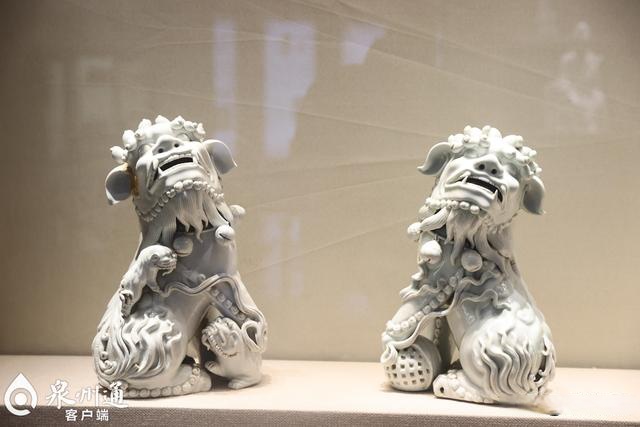
Xu Wenjun's creation of lions is exported to Southeast Asia
Unlike Xu Youyi's lion, Manjushri Bodhisattva, Xu Wenjun's set of lion works faded the religious color, but simply artistic ornaments. After all, the lion in the former is just a mount of the Bodhisattva, which means a bit foil and supporting role, but the latter is the absolute protagonist. Although there are differences in the form of expression, attentive people will find that there are many similarities in the two descendants in the description of the lion's body and expression, such as the shape of the lion head and the lion body, and the trend and texture of the mane. It looks like a vein.
Xu Ruifeng's father and Xu Xingtai, the fifth -generation heir of Xu's porcelain, also created a lot of works related to "Lion Culture". Among the two lion bodhisattvas he created, one of the lions rode by the Bodhisattva is similar to the image of the lion created by Xu Youyi and Xu Wenjun, and the image of the lion in his other work is more realistic, closer to people, closer to people The lion seen in reality. "Their environment where they are in different times, the lions created in each generation of people will have the unique aesthetics of the times and individuals." Xu Ruifeng said that it can be seen from the continuous inheritance and innovation of the skills, and the "lion culture" in ceramic creation can be created in ceramics creation. The prosperity is enduring.
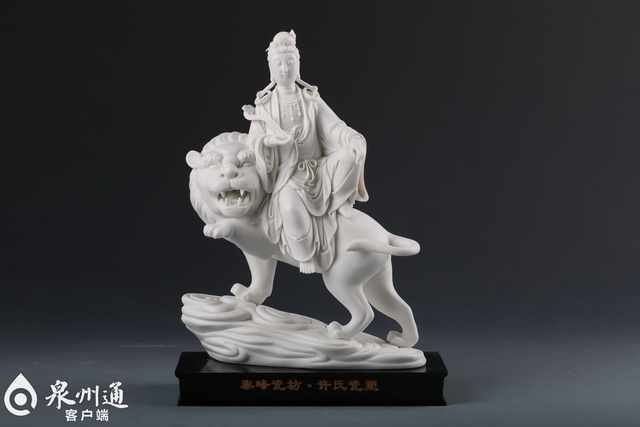
Among the lions created by Xu Xingtai, the lion is closer to the real image.
Deeply digging the connotation of "Lion Culture"
The work is more plump and diverse
In Xu Ruifeng's view, there are many auspicious cultural categories in China. Among them, "Lion Culture" has been given multiple meanings such as town houses, evil spirits, joy, auspiciousness, etc., and has always been loved by Dehua porcelain artists. Many excellent ones have also been born. work. In the second floor of the exhibition hall, the reporter saw one of his "Lion Culture" masterpieces "Double Lion Dedication" -n a finely carved jade, two lions with different forms around a hydrangea, the left side of The lion's mouth turned to the right, and seemed to interact with the visitors. The lion on the right side looked ahead and looked at the other person. The whole work cleverly combines the traditional moral and traditional porcelain and plastic techniques and Xu's porcelain -plastic ribbon production techniques, showing the joy and auspicious charm.
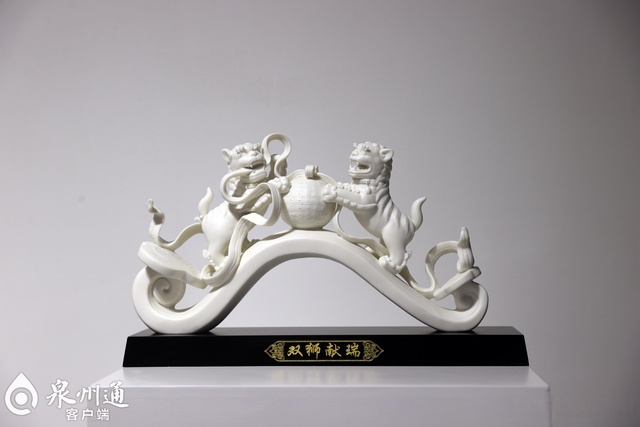
"Double Lion Xian Rui"
According to Xu Ruifeng, from 1997 to 2005, in order to better promote Dehua ceramics, the Dehua County Party Committee and County Government organized some local ceramic companies and artists every year to Beijing, Shanghai, Hangzhou, Nanjing, Shenzhen, Xi'an, Chengdu, etc. Greater and medium -sized cities held an exhibition of external publicity. Before the exhibition was held in 2000, the organizer found him, hoping that he could create an exhibition gift that implied auspicious and reflecting traditional ceramic skills in moralization. As a result, he took the double lion in the "Lion Culture", which lasted for nearly half a year. In the middle, he was easy to draft, and he created the work of "Double Lion".
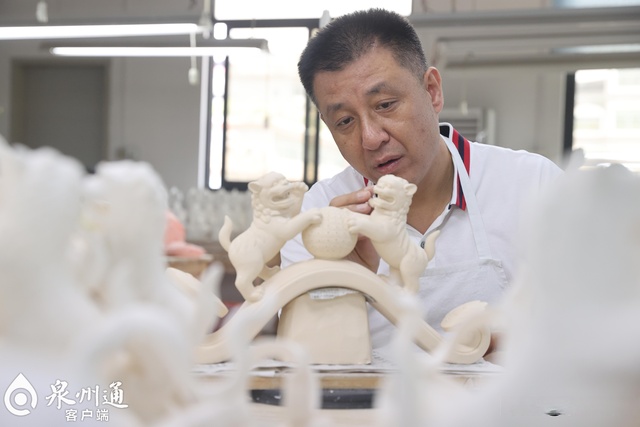
Carving "Double Lion Deduer"
At that time, his father Xu Xingtai was still alive. When creating this work, sometimes when you encounter some points that don't understand, Xu Ruifeng will discuss with his father. "He gave me a lot of inspiration and technical guidance. For example, how the two lions echo each other more coordinated, how to show their emotions when playing, how to wrap the ribbon on the lion to be more agile, etc. . "Xu Ruifeng recalled the past, so far. After the work of the work was completed, it was well received by everyone and became a gift for the many years of exhibition since then. The biggest difficulty of a successful sculpture is creativity and expression. "I originally intended to make a pair of double lion plays simply. Later, I suddenly thought of adding Ruyi and the ribbon, so that it had the good meaning of" Lion and Lion) Ruyi ", and it was more agile in form. . "Xu Ruifeng said that the details of the lion's accessories, bells, ribbons, and hair in the work can well express the traditional techniques of moral ceramics and Xu's porcelain and plastic. During the creative process, he continued to dig out the connotation of "lion culture", while drawing on stone carvings, woodcarving, and copper carving techniques. The copper coin -shaped hydrangea implies the wealth of wealth, and the suspended ribbon reveals the festiveness.
Copper coins on the hydrangea means that the financial source is rolling
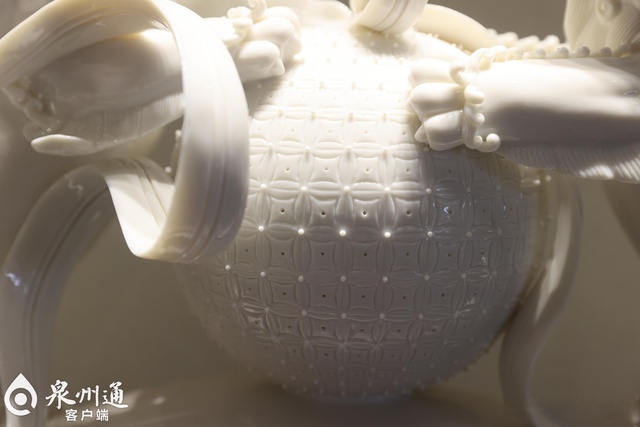
Because white porcelain has a certain contraction rate during high -temperature firing, lions, hanging ribbons, Ruyi, and hydrangea are easy to crack, break or collapse, so the finished product rate has not been high. He has continuously summarized and improved. Today, the finished product rate of small works has increased to 40 %, while the finished product rate of large works is only 10 %. In his studio, there was a whole product that fired and cracked.
In addition to "Double Lion Deduer", Xu Ruifeng also created a lot of artworks related to the "lion culture", such as the Wenshu Bodhisattva and Amuti Guanyin, who mount a lion in Buddhism, and the three lions played on the vase "Three "Lion Play" Bottle and a variety of small porcelain lions, some are solemn and solemn, some are powerful and domineering, some are stingy and different. According to traditional customs, the pair of lions pay attention to "Zuo Xiongya", and the things that the lion step on also represents different meanings: the lion's hoof is the ball, symbolizing the unified world and the supreme power, it must be male lion; The young lion symbolizes the extension of the children and grandchildren, as a lion. The lion and the bottle are combined, which means "everything is safe." The lion roller hydrangea represents the continuous financial resources and the children of the sons.
Three Lions Play Bottle

Based on the present to the future
Promote the spread of "lion culture"
Recently, at the opening ceremony of the 2nd China Arts and Crafts Expo in Nanjing and the 8th Chinese Arts and Crafts Master's Certificate Ceremony, Xu Ruifeng officially awarded the title of "Chinese Arts and Crafts Master". As the highest honor of talents in the arts and crafts industry, the selection of Chinese arts and crafts masters began in 1979. It has been selected for eight sessions so far. Eight people have won this award. Among them, Xu Ruifeng's father, Xu Xingtai, won the third title of "Chinese Arts and Crafts Masters" in 1993. It was also the first porcelain carving master to win this honor in the ceramic industry in Fujian Province. And this kind of father and son have been the title of "master of the country", it is rare in the arts and crafts world, which shows that its family studies and skills are excellent inheritance. The creation of "Lion Culture" for several generations of Xu's porcelain is the perfect interpretation and epitome of the traditional culture of the Chinese nation and the inheritance of non -heritage skills. Today, Xu's porcelain plastic has been inherited to the seventh generation -Xu Ruifeng's son Xu Qiyuan. Born in 1993, Xu Qiyuan grew up in a strong artistic atmosphere, and systematically learned the basis of tradition and contemporary sculpture at the sculpture department of Xi'an Academy of Fine Arts.
"At present, Qiyuan is still exploring the growth stage, and there are many things that need to be improved and advanced." For his son's creation, Xu Ruifeng, as his father Xu Xingtai, gave the child a free creative space. Usually, the son encounters some difficulties or problems during the creation process, and the father and son will also communicate and discuss together, including the understanding of the "lion culture".
Xu Ruifeng (right) instructed Xu Qiyuan to create

"'Lion Culture' is one of the representatives of the excellent Chinese nation's traditional culture. It is an endless treasure house in ceramic creation." Xu Ruifeng said that he is currently creating a set of porcelain lions. After further improvement, finished products. The reporter saw from the drawings he provided that it is different from the traditional and mighty lion image. The lion in the work is somewhat similar to the traditional wind lion master of Fujian, and it looks quite cute and cute. In the future, he is preparing to create more works related to the lion, so that the "lion culture" is more deeply rooted in the hearts of the people. In order to tell the story of virtue ceramics, further spread and promote the "lion culture", and contribute to the power of porcelain artists.
- END -
I have never seen it before!Samsung Dou has a new discovery again
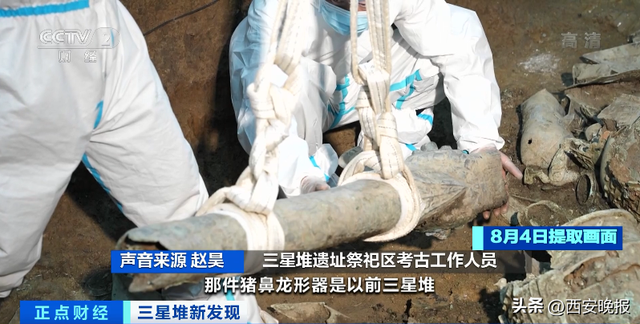
In 1986, Sanxingdui was excavated for the first time. Bronze Dairen, Bronze God Tr...
What are the necessary cups, tea filtering, and covering?What can be slow?
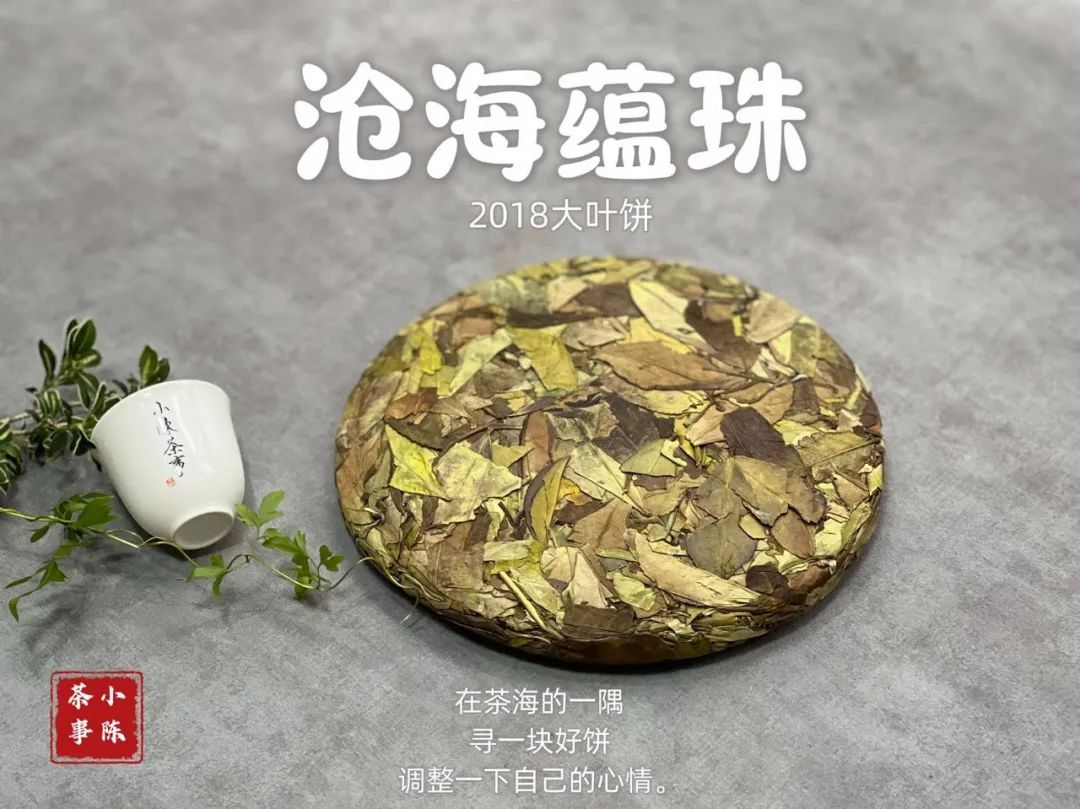
丨 This article is original by Xiao Chen tea丨 First of the People's No.: Xiao Che...